What is Allotted Land? Flyer
What is Allotted Land?
Flyer-What-is-Allotted-Land_r-Pala-GISPala GIS Department
For more information, contact Matthey Deveney, Director:
760-891-3512 | mdeveney@palatribe.com | Pala GIS Department
Text-based Version
What is Allotted Land?
Allotted land refers to parcels of land that were assigned to individual Native Americans during the late 19th and early 20th centuries under federal policies intended to reduce Indian reservation land and move Indians off of reservations, most notably the Dawes Act of 1887.
Each eligible tribal member originally received a set acreage (often 80–160 acres).
The land was held in trust by the U.S. government for a period of time before it could be sold or transferred.
Allotted Land at a Glance
- Restricted Trust Status: The U.S. holds legal title, but the Native individual (or their heirs) is the beneficial owner.
- Restrictions: Allotted lands generally cannot be sold, leased, or mortgaged without federal approval.
- Heirship: Over generations, land often became fractionated—owned by many heirs with small undivided interests. Undivided means that each co-owner has the right to use and enjoy the entire property, not just a physical slice of it.
- Checkerboarding: Allotted lands often exist in a patchwork pattern mixed with tribal trust, fee, and non-tribal lands.
Why It’s Important
- Cultural & Family Connection: Allotted lands remain tied to family histories and tribal identity.
- Legal Complexity: Managing heirship and land use requires navigating federal, tribal, and sometimes state law.
- Economic Impact: Trust restrictions can limit development, but also protect lands from being easily lost.
- Tribal Sovereignty: Allotment policies led to massive land loss, but today tribes and families work to recover, consolidate, and preserve these lands.
Quick Facts
- About 90 million acres of tribal land were lost during the allotment era.
- Today, approximately 10 million acres of allotted land remain in trust.
- Pala has 1,119.90 acres of allotted land.
- The American Indian Probate Reform Act (AIPRA) was passed in 2004 to help address heirship and fractionation issues.
Questions
Would you like a map of your trust land? Feel free to contact the Pala GIS Department:
(760)891-3500 | gis@palatribe.com | www.palatribe.com/residents/gis-department
Sources
- National Congress of American Indians (NCAI) – Trust Lands and Allotments: https://www.ncai.org/policy-issues/land-natural-resources/trust-lands
- National Archives – Land Allotment Records: https://www.archives.gov/research/native-americans/allotment
- Bureau of Indian Affairs (BIA) – Allotments FAQ: https://www.bia.gov/frequently-asked-questions/allotments
- Indian Land Tenure Foundation – Allotment and the Dawes Act: https://iltf.org/land-issues/allotment/
